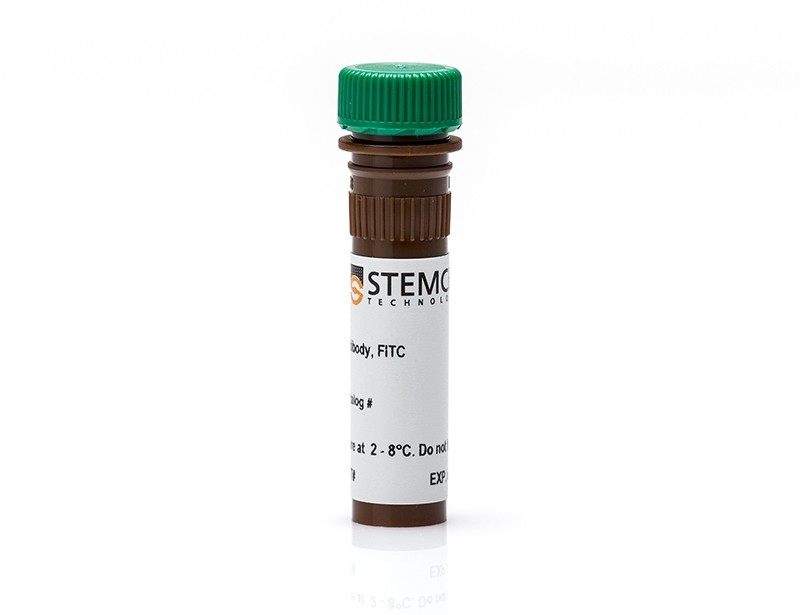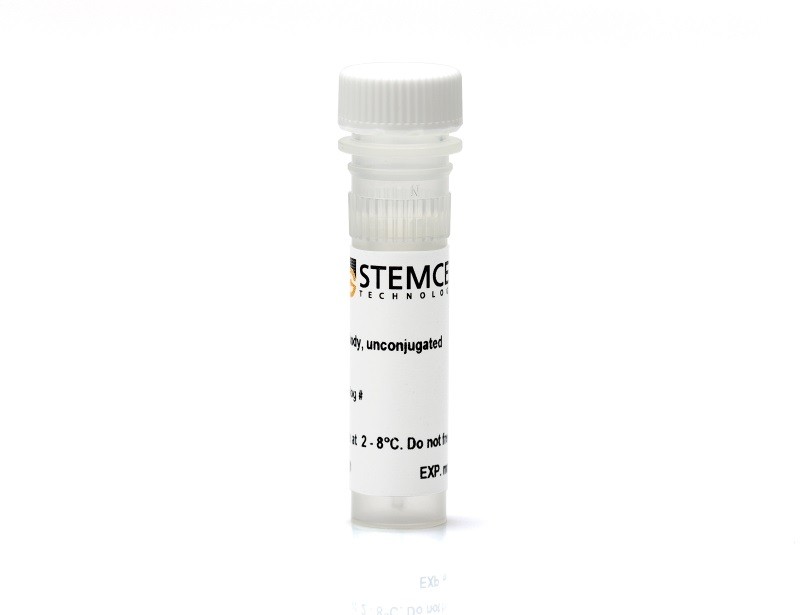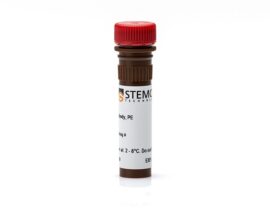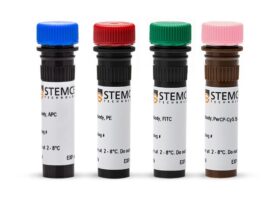

Overview
The 5C3 antibody reacts with CD40, a 45 – 50 kDa type I transmembrane glycoprotein that is a member of the tumor necrosis factor receptor (TNFR) superfamily. CD40 plays an important role in B cell development and is also involved in the process of B cell selection in germinal centers. It facilitates T cell-B cell interactions for co-stimulation and immune regulation through engagement with CD154 (gp39), the CD40 ligand expressed on T cells. In the presence of IL-4, or other stimuli, CD40 promotes B cell proliferation, induces immunoglobulin- (Ig) isotype class switching and rescues B cells from surface Ig-induced apoptosis. CD40 is expressed on the surface of B cells, follicular dendritic cells, macrophages, fibroblasts, keratinocytes, endothelial cells, basal epithelial cells, CD34+ hematopoietic progenitor cells, and primary carcinomas. It is expressed at low levels, or not at all, on plasma cells. The 5C3 antibody has been used for the activation of B cells in in vitro functional assays or for the induction of B cell proliferation.
Subtype: Primary Antibodies
Target Antigen: CD40
Alternative Names: B cell surface antigen CD40, Bp50, CD40L receptor, CDw40, HIGM1, IGM, IMD3, Nerve growth factor receptor-related B lymphocyte activation molecule, p50, TBAM, TNFRSF5, TRAP, Tumor necrosis factor receptor superfamily member 5
Reactive Species: Baboon; Cynomolgus; Rhesus; Squirrel Monkey; Chimpanzee; Human
Conjugation: Alexa Fluor 488; APC; FITC; PE; Unconjugated
Host Species: Mouse
Cell Type: B Cells
Application: Flow Cytometry; Functional Assay; Immunohistochemistry
Area of Interest: Immunology
Clone: 5C3
Gene ID: 958
Isotype: IgG1, kappa









